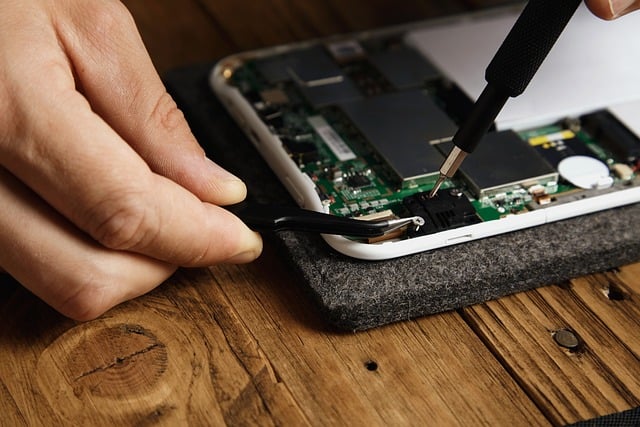Guide to Warranty Transfers and Repair Options for Used Devices
This guide outlines practical steps for transferring warranties and choosing repair options for used computers and electronics. It highlights considerations for refurbished units, diagnostics, hardware and firmware checks, compatibility, upgrades, resale value, shipping, import, and end-of-life recycling.

Used devices can be practical and sustainable choices, but navigating warranty transfers and repair options requires attention to documentation, diagnostics, and compatibility. This article explains the typical processes used by manufacturers, refurbishers, and independent repair shops, and how hardware condition, firmware status, and shipping or import constraints can affect repairability and resale. Understanding lifecycle, security, and sustainability implications helps owners make informed decisions without overstating outcomes.
How do warranty transfers work for refurbished devices?
Warranty transfer policies vary by manufacturer and seller. Some brands allow original warranties to be transferred to a new owner if proof of purchase and ownership change is provided; others void warranties after resale or when devices are refurbished by third parties. Refurbished devices sold through authorized channels often include a limited warranty from the refurbisher. Always check registration requirements, serial number status, and whether firmware changes or hardware repairs performed by unauthorized technicians will affect coverage.
What to check: hardware, firmware, diagnostics
Before committing to a repair or purchase, run diagnostics on key hardware components—storage, memory, battery, display, and ports. Firmware should be inspected for version and authenticity to avoid compatibility or security problems. Diagnostics tools from manufacturers or reputable third-party utilities can identify failing components and performance bottlenecks. Maintain records of any diagnostic reports; these support warranty claims and provide transparency for resale and service technicians.
How does compatibility affect upgrades and performance?
Compatibility between hardware and firmware determines which upgrades are feasible. Upgrading storage or RAM can extend performance and resale value for many laptops and desktops, but firmware locks or proprietary hardware can limit options. Check manufacturer specifications and community resources for supported upgrade paths. Consider security implications: firmware updates may be required to support new hardware or to address vulnerabilities that affect performance and long-term reliability.
Which repair options affect resale and lifecycle?
Repair choices influence a device’s lifecycle and future resale value. Manufacturer repairs typically preserve warranty and use original parts, while independent repair shops may offer lower-cost hardware replacements or custom upgrades. Refurbishers often replace failing parts and provide testing; their certifications and the quality of replacement parts affect how the device performs and how it will be perceived on the resale market. Keep repair receipts and part details to document provenance and lifecycle interventions.
How do shipping, import, and security affect repairs?
Shipping and import rules can constrain where a device can be serviced. Cross-border repairs may incur customs duties, longer lead times, or restrictions on battery transport. Security is a factor when shipping devices that contain sensitive data—clear or encrypt storage and consider local services in your area for sensitive repairs. Verify service center credentials and data-handling policies; secure shipping options and insured carriers reduce the risk of damage or loss during transit.
How do recycling and sustainability fit device care?
End-of-life decisions are part of responsible device management. Recycling programs, trade-ins, and certified refurbishment channels reduce environmental impact and extend useful lifecycle. Choose recycling partners that provide proper data destruction and component recovery. Sustainability-minded repairs—such as replacing batteries rather than entire systems—can lower resource use and provide better lifecycle outcomes. Factor recycling or trade-in options into repair or upgrade decisions for long-term planning.
Conclusion Assessing warranty transferability and repair options for used computers and electronics involves practical checks on hardware, firmware, diagnostics, compatibility, and the provenance of parts and services. Consider the interplay of warranty terms, manufacturer versus independent repairs, shipping constraints, and sustainability impacts to make choices that preserve performance, security, and resale value.




